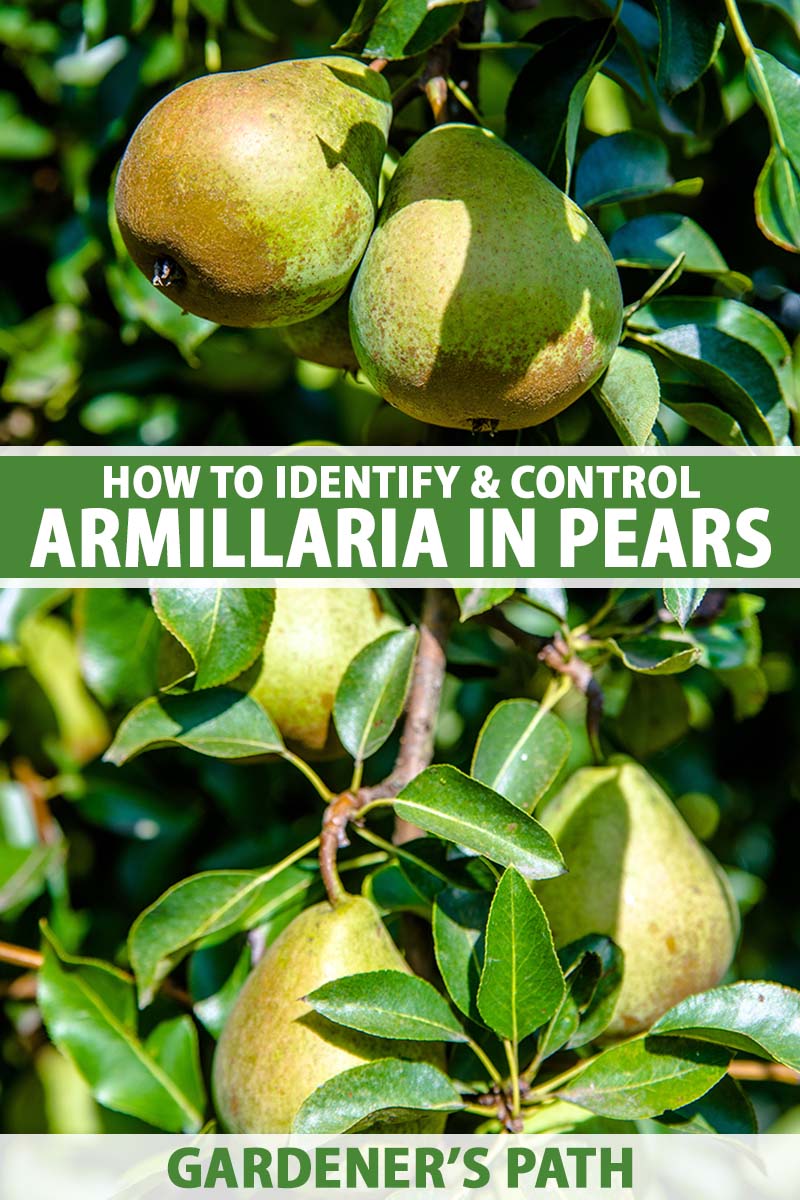Armillaria mellea
There’s a plant disease out there known as honey fungus or honey mushroom, and it sounds kind of cute to me. What could be bad about a honey mushroom?
A lot.
Sometimes called oak root fungus – though it infects far more species than just oaks – Armillaria root and crown rot, as it’s known to botanists, is a terror.
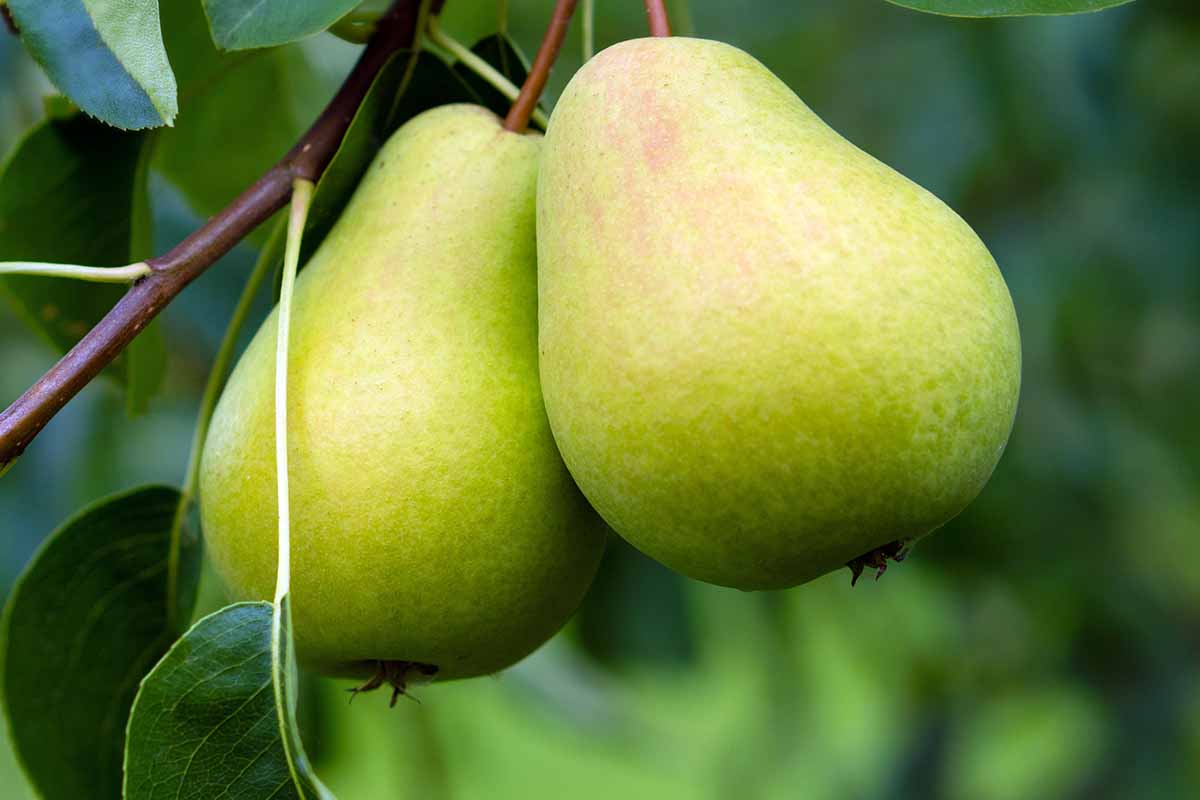
We link to vendors to help you find relevant products. If you buy from one of our links, we may earn a commission.
It’s an absolute menace that affects apples, apricots, walnuts, and other important crops. In the southeast, it destroys fruit crops like Godzilla storming through a city.
Pears aren’t quite as susceptible as some other fruit trees, but they aren’t immune. When Armillaria comes calling, your pears are in serious trouble.
You really don’t want to have to deal with this disease. So in this guide we’ll cover where it comes from, how to avoid it, and what to do if it infects your pears.
Here’s what we’ll discuss:
What You’ll Learn
What Is Armillaria?
Armillaria rot is caused by the fungus Armillaria mellea. The fungus thrives when the weather is cool and moist.
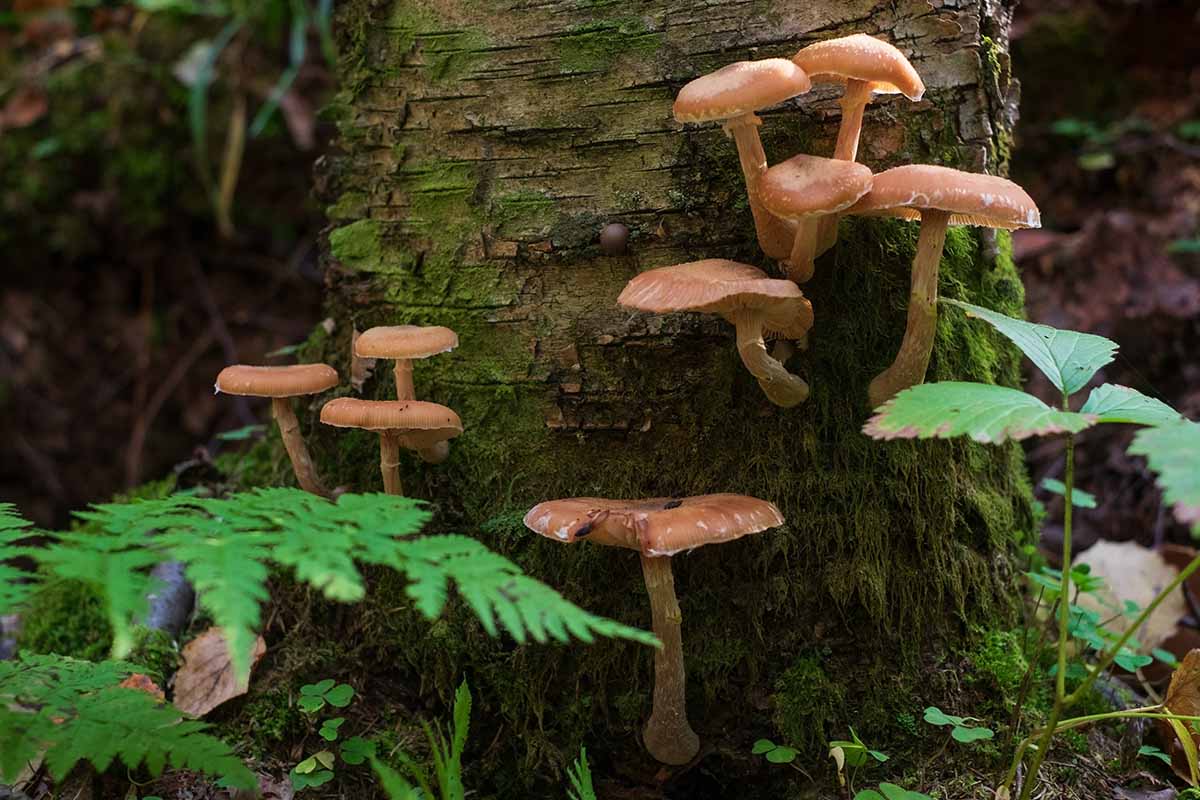
Unlike some fungal diseases, which are largely invisible, this one shows up as actual mushrooms – fruiting bodies – on the infected plant, as well as large mats of spores hiding under the bark.
For decades, pear growers assumed that their crops were immune from the disease, as in the past, pears had been somewhat resistant to the fungus.
But in the 1990s, the disease started spreading rapidly in California pear orchards. These days, no one is immune.
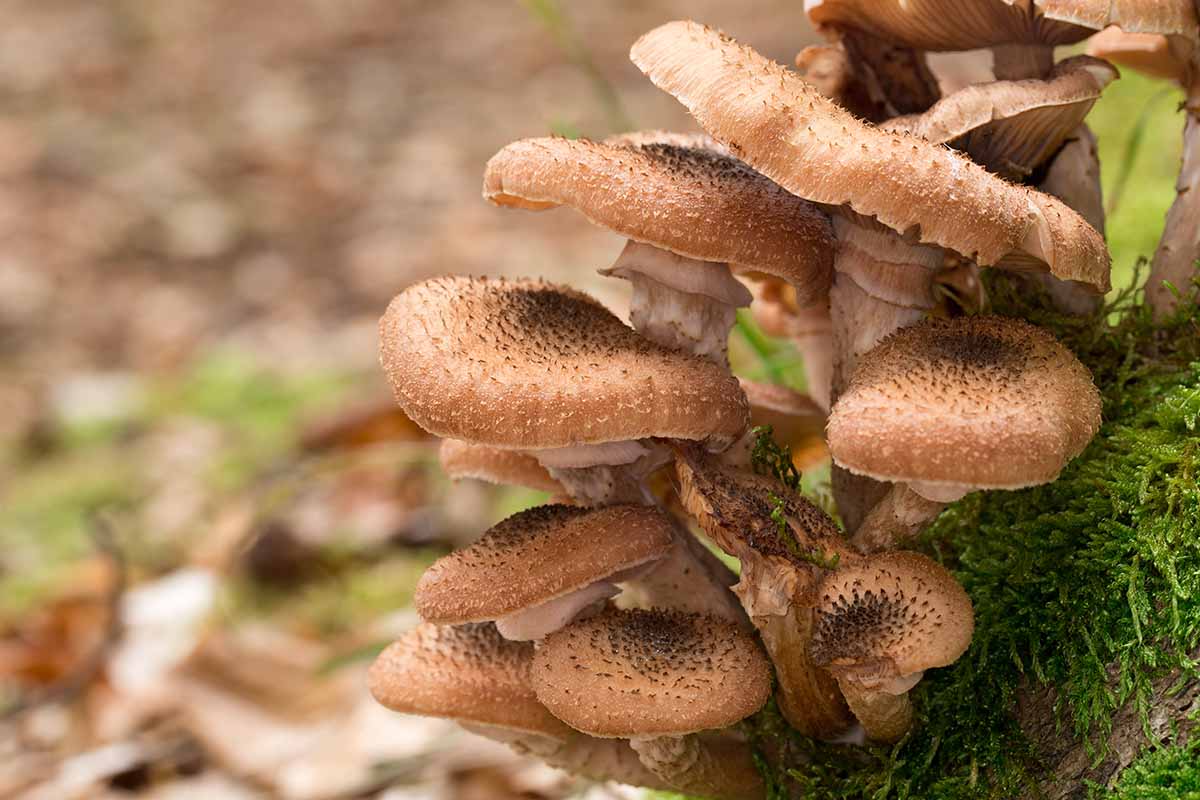
Armillaria mellea is found across the world in temperate regions.
The fungus needs a host to survive, meaning it can’t live in the soil alone, but even small sections of old roots or broken wood can act as hosts. The fungus can live on this kind of material for decades.
If you plant your pears in an area where other species that are susceptible to infection have been grown in the past, it’s highly likely that the pathogen is hanging out there on dead roots in the ground.
The same goes if you’re building or planting where a forest has been cleared in the past ten years or so.
Identification
Armillaria rot can be a tricksy disease. In some pears, the only visible symptom is that it simply looks a bit sad, lacking vigor, and failing to thrive.
The pear may not produce as much fruit as it used to, and perhaps it just doesn’t look great, with dropping or yellowing leaves.
Other times, the tree will wilt suddenly and die completely within a few weeks.
It’s the same fungus and the same disease, but two extremely different reactions.
Even more annoying is that these symptoms could be caused by a large number of different issues. Too much or too little water can cause drooping and yellowing. Gopher feeding or Phytophthora rot could present with some of the same symptoms.
The best way to be sure that you are dealing with Armillaria is to grab a shovel and dig out some of the dirt at the base of the pear tree. Scrape off some of the bark from the base of the trunk and some of the larger roots.
If present, you will see a cream or white cottony or felt-like layer, which is the mycelium or the root-like mass of the Armillaria fungus.
Peel off some of the bark, and you might see mycelial fans, which are white fan-like shapes made up of mycelial growth.
If you poke the wood with your finger or a shovel, it will be spongy and soft, and you might even get a whiff of fresh mushrooms.
In addition to or instead of the mycelium, you might also see mycelium cord or rhizomorphs. These black, string-like structures also act as roots for the fungus.
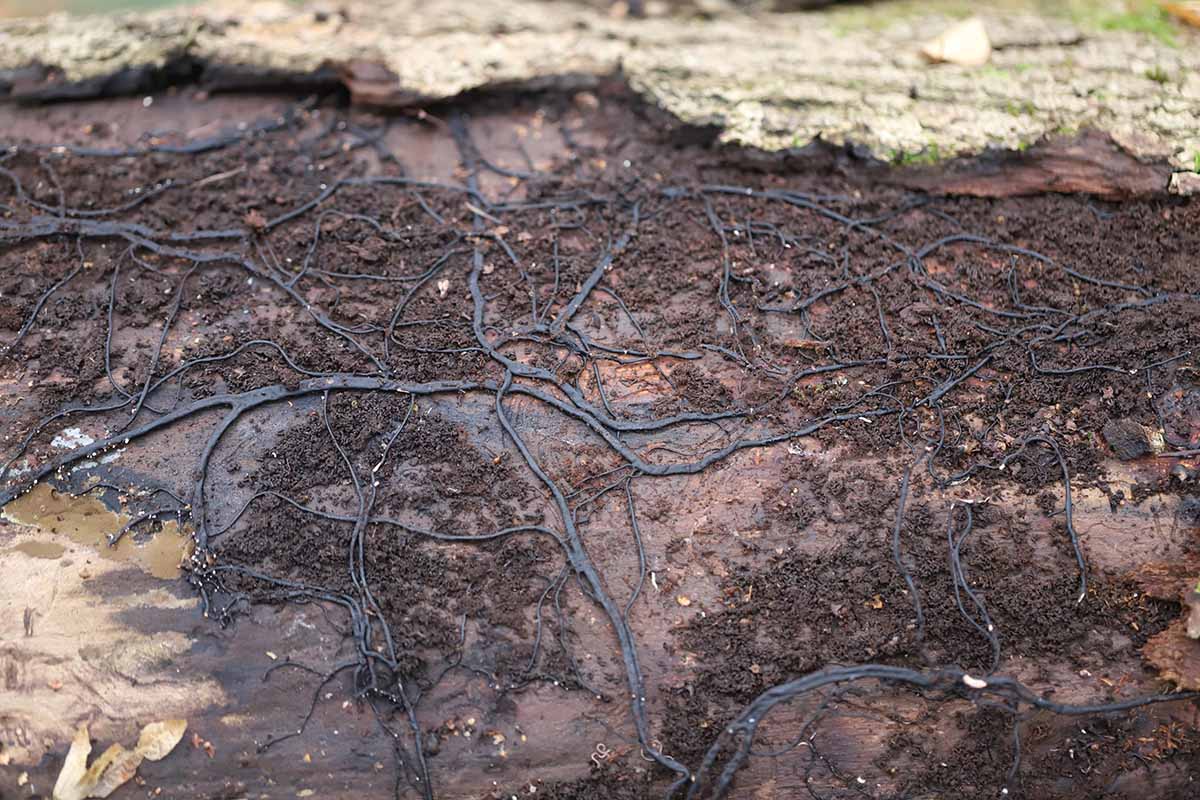
Finally, in the fall or during the rainy season in the summer, fall, or early winter, you can often see tan or honey-colored fruiting bodies – mushrooms – at the base of the pear tree.
These are sometimes called honey fungus, and they grow on both dead and living wood.
While you might be at risk of losing your tree to this infection, on the bright side, these mushrooms are edible.
Maybe swap your pear tarts for mushroom tarts? Just be 1,000 percent sure you have identified them correctly, and always cook them thoroughly before consuming.
Biology and Life Cycle
Armillaria reproduces in living wood and in the roots of infected trees.
It appears as mushrooms at the base of the tree in the late summer or fall, each with a capped head and notched gills.
As they age, the caps flatten out and send out spores, which land on host wood and begin to reproduce.
The fungus then overwinters in the wood as mycelia or rhizomorphs.
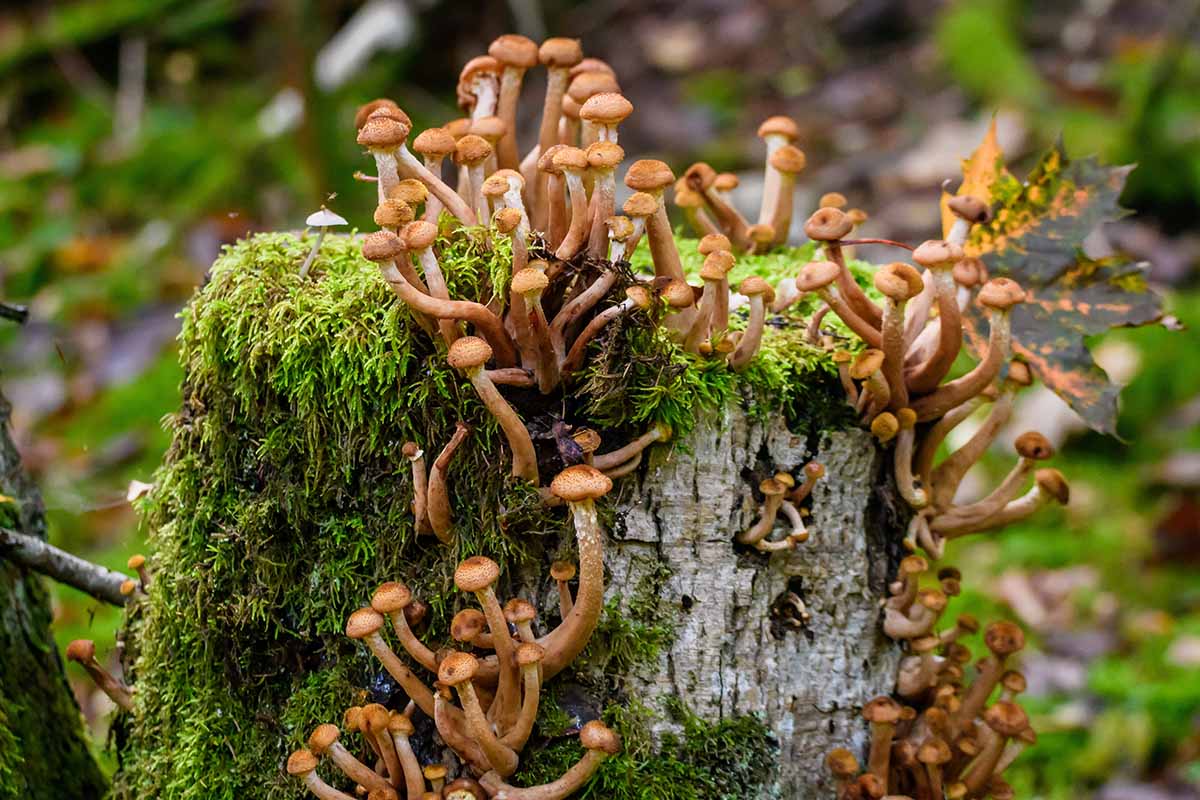
When attached to a tree, the string-like rhizomorphs can stretch up to 10 feet in the ground to reach another host.
The fungus finds a new specimen to infect through wounded areas and then moves down into the roots and into the crown. Eventually, the fungus will girdle the tree, destroying the cambium layer, and killing it.
The fungus can also spread in water and on infected wood.
Control Methods
I don’t like having to be the bearer of bad news, but here we are: There aren’t any effective methods to control this disease.
Even though experts haven’t really come up with a foolproof way to deal with this disease yet, there is a last-ditch effort you can try if your pear trees are infected.
One way to slow or stop the advancement of the disease is to carefully dig a foot down all around the diameter of your tree to expose the lower trunk and upper roots.
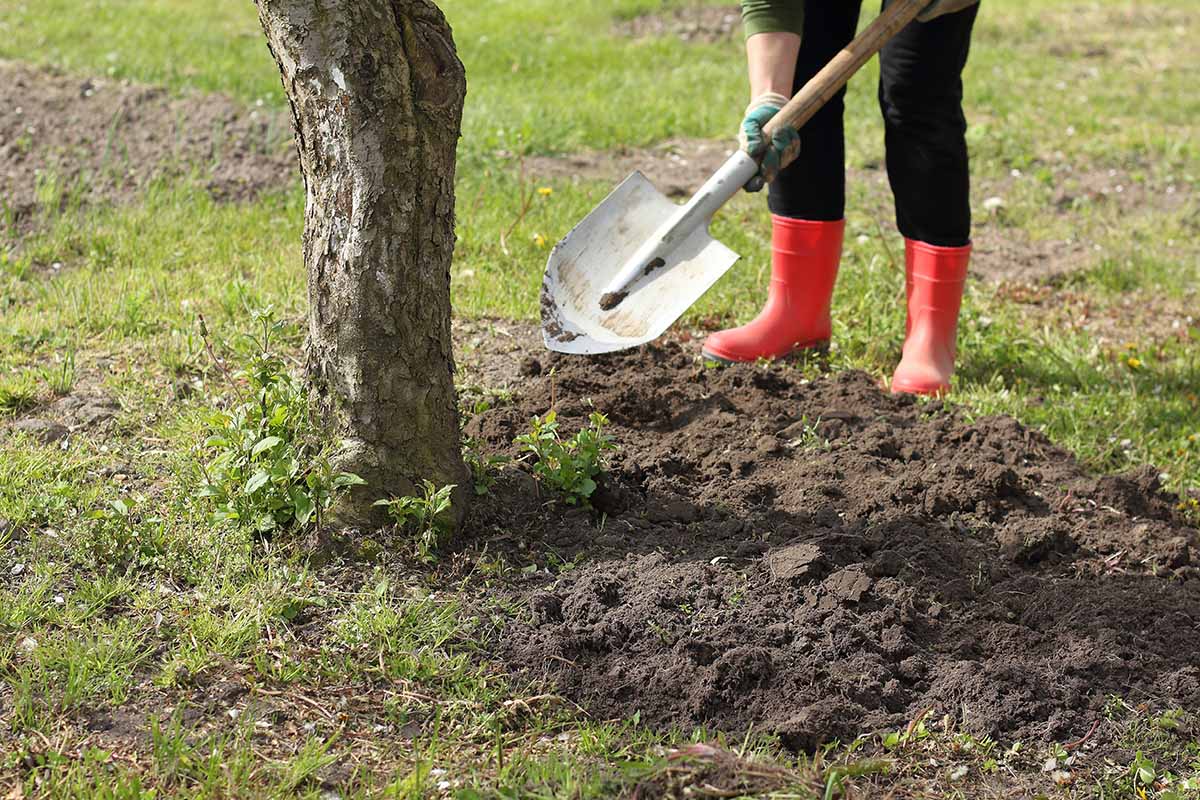
Prevent all plant debris and soil from falling into the hole that you dug and avoid letting any water into the trench.
If you keep the area clean and dry throughout the spring, summer, and fall, the disease should stop.
You can bury the roots again in the late fall.
The disease attacks all kinds of woody trees, but oak, black walnut, and willow are most susceptible.
If you’re serious about growing pears, avoid planting them near any of these.
Prevention
Let’s talk about prevention. When you water your pear tree, water away from the trunk on the ground out to the drip line.
You should also take extreme care to avoid injuring your trees. Young specimens are especially susceptible, but older trees can be killed rapidly if you damage them while pruning, mowing the lawn, or edging.
You should also remove any mushrooms that you find near your trees because they can open and spread their spores in the wind.
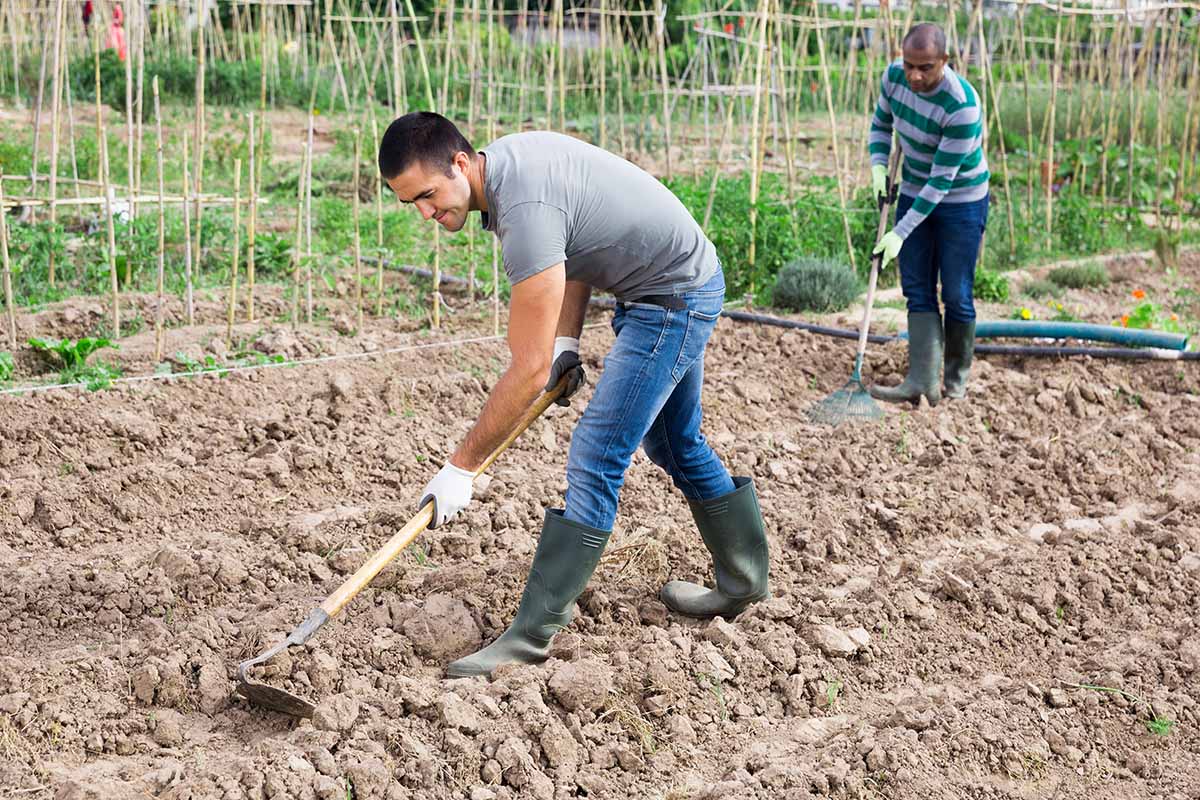
If you’re planting in an area where susceptible trees have formerly been grown or where forest has been cleared, ideally you should dig down and remove any leftover roots.
Then, till and wait for a couple of years for any live plant tissue to die off.
Some types of pears are more resistant to armillaria than others. Pyrus betulaefolia, P. calleryana, most French pear cultivars, hybrids grafted on ‘Bartlett’ rootstock, and hybrids on ‘Old Home’ x ‘Farmingdale’ rootstock are the most resistant.
If you want to err on the side of caution, plant these.
Finally, try to keep your trees in the best health you can by feeding, watering, and pruning appropriately. You can learn more about how to cultivate pear trees in our comprehensive guide.
Honey Fungus is Bad News
Honey mushrooms sound delicious, and they are, if you’re a human with some butter and a hot pan. But for a pear tree? Not so great. With no cure, this disease can spell complete disaster.
Have you seen mushrooms on or near your tree? Or maybe some of those telltale yellow branches? Let us know what you’re experiencing and if you need some extra advice in the comments section below!
And for more pear growing know-how, have a read of these guides next:
